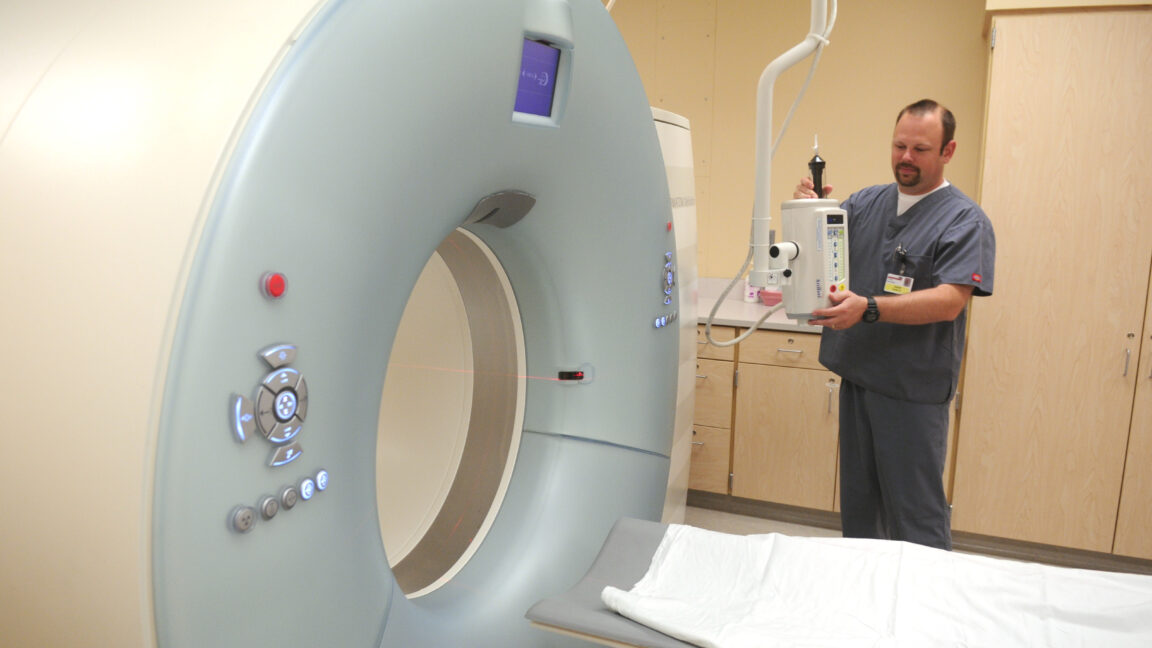Second Measles Death Reported in Texas Outbreak; Hundreds Infected
Published:
LUBBOCK, Texas – The Texas Department of State Health Services (DSHS) has confirmed a second measles-related death amid a meaningful outbreak concentrated in the South Plains region. The victim was a school-aged child from Lubbock who had contracted measles and was hospitalized. According to their doctors,the child succumbed to measles pulmonary failure on Thursday.The child was unvaccinated and had no known pre-existing health conditions.
This tragic event underscores the severity of the ongoing measles outbreak. As of april 4, the DSHS reports 481 confirmed cases since late January, with children comprising the majority of those infected. The outbreak has led to the hospitalization of 56 individuals, highlighting the strain on local healthcare resources.
Measles is a highly contagious respiratory disease, and it poses a significant threat to anyone lacking immunity. During outbreaks, approximately one in five infected children require hospitalization, and about five percent develop pneumonia. In rare instances, measles can result in encephalitis (swelling of the brain) and death. Moreover, measles infection during pregnancy can lead to serious complications, including premature birth and low birth weight infants. This is especially concerning in areas with limited access to prenatal care and vaccination services.
These figures are a stark reminder of the importance of vaccination, something that is widely accessible to the U.S. population. The American Academy of Pediatrics strongly recommends all children receive the MMR vaccine. In the United States, outbreaks like this are particularly worrying because of the high availability of vaccines and widely debunked myths that have fueled anti-vaccination sentiment.
Understanding the Spread and Symptoms of Measles
Measles spreads via direct contact with infectious droplets or thru airborne transmission when an infected person breathes, coughs, or sneezes.Symptoms typically manifest within one to two weeks following exposure. Initial symptoms include high fever, cough, runny nose, and red, watery eyes. After a few days, a characteristic rash appears as flat, red spots on the face, spreading down the neck, trunk, and eventually to the rest of the body. individuals are contagious for approximately four days before the rash appears and remain contagious for four days afterward. Isolation is crucial during this period to prevent further spread.
If you suspect you have measles or have been exposed, isolate yourself immediately and contact your healthcare provider. It is indeed essential to inform them of your suspicion *before* arriving at the clinic or hospital to allow them to take precautions to prevent transmission to others. U.S. hospitals have protocols in place for handling infectious diseases, to minimize risk to other patients and staff.
According to the CDC Measles is so contagious that if one person has it, 90% of the people close to that person who are not immune will also become infected.
Vaccination: The Key to Prevention
The most effective way to prevent measles infection is vaccination with two doses of a measles-containing vaccine, primarily the measles-mumps-rubella (MMR) vaccine. Two doses of the MMR vaccine are over 97% effective in preventing measles. While a small percentage of vaccinated individuals may still contract measles, their symptoms are generally milder, and they are less likely to transmit the disease.
The DSHS and the Centers for disease Control and Prevention (CDC) recommend the first MMR dose at 12 to 15 months of age and the second at 4 to 6 years. Infants to young for vaccination face a higher risk of severe complications. Though, even a single MMR dose reduces the risk of infection and lessens the severity of illness if infection occurs.
Hesitancy or refusal to vaccinate children against measles can have serious consequences. In the United States, states have varying requirements for vaccinations for school enrollment; however, medical exemptions are typically permitted.
Measles outbreaks create significant burdens on the healthcare system. They require public health officials to dedicate time and resources to tracking cases, identifying contacts, and implementing control measures. These efforts can divert resources from other essential public health initiatives, such as prevention programs for chronic disease or substance abuse.
| Vaccination Status | Risk of Infection | Severity of Symptoms | Risk of Transmission |
|---|---|---|---|
| Unvaccinated | High | Severe, potential complications | High |
| One MMR Dose | Moderate | Reduced compared to unvaccinated | Reduced compared to unvaccinated |
| Two MMR Doses | Low (over 97% effective) | Milder if infected | Low |
DSHS Response and Resources
The DSHS is actively monitoring the outbreak and providing updated data to the public and healthcare providers. An interactive dashboard and additional details about the outbreak are available on the News & Alerts page, updated on Tuesdays and Fridays.
Healthcare providers can find recommendations for infection control and diagnostic testing in DSHS health alerts. Any suspected cases should be reported immediately to the local health department, ideally while the patient is still present.





:max_bytes(150000):strip_icc():focal(729x419:731x421)/Kylie-Jenner-Timothee-Chalamet-relationship-work-041425-f30254ac78d44e36a368a2f27728d329.jpg)
